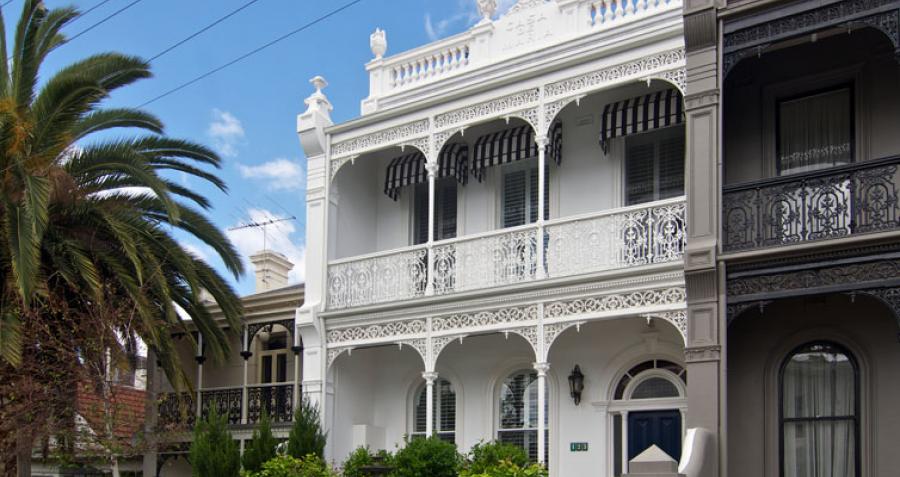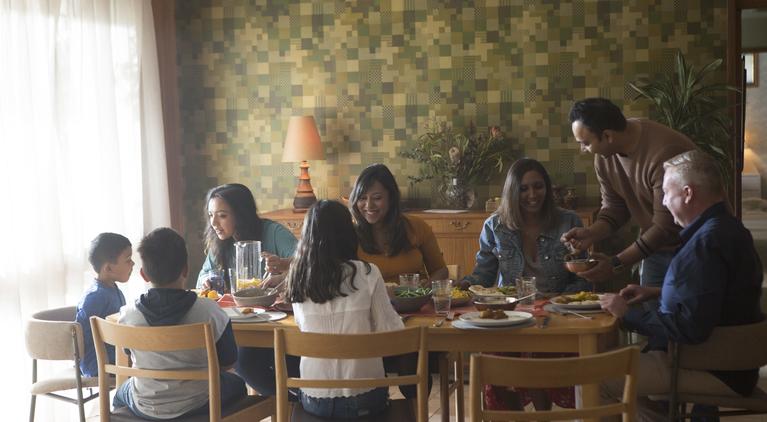We love our cute Victorian houses – some of the time. During summer, temperatures skyrocket, and in winter, freezing winds make it feel like you’re living in a fridge. The answer? Retrofitting your period home with modern heating and cooling. We show you how.
Choose the right air conditioner
Make sure you cover the basics before you pick an air conditioner – think about the size and construction of the rooms you’re cooling, energy efficiency, and the type of air conditioning system that will suit your needs.
Victorian-era homes can have smaller rooms with higher ceilings and fewer windows than modern houses. Make sure you choose an air conditioner that’s the right size for this space: a unit that’s too small for a space will need to run constantly, while one that’s too big will cool the space down too quickly, creating a ‘switch-on-switch-off’ effect that could wear out your unit.
There are a variety of cooling systems available that may be good options, including ducted refrigerated units and split system. Another option that might work well for Victorian homes is an evaporative cooling system, which reduces the temperature of hot, dry air through evaporation. Because you need to leave doors and windows open to let out moisture created by the evaporative cooling process, you create air flow through the house – perfect for stuffy period homes in summer.
Remember that heat rises, which means that the high ceilings in period houses can trap hot air in summer. You might want to install fans to help move air around the room.
Think about your heating needs
Before you buy a heating system for your home, think about your lifestyle and habits. Which rooms do you spend more time in, making them more likely to need heating? During your renovations, you’ll find out if you are able to install a central heating system in your Victorian home. Otherwise, you could try a fixed wall space heater, which can heat one room.
Because period homes usually have high ceilings, they might suit a combination of two types of heat : radiant heat and convection heat. Radiant heat comes from heated surfaces, such as gas wall heaters and open fires. It works well in bathrooms and draughty spaces as it directly heats up people and objects, rather than the air. Ducted heaters and fan heaters create convection heat by moving warm air around a space, which works better in well-sealed rooms
Avoid draughts
Victorian-era homes were built before many of our favourite mod cons were even thought about, so it’s no wonder most of them let draughts in. Try walking around your home with an incense stick and watch where the smoke blows. That way you can work out the source of the draughts.
Preventing draughts is quite easy: seal gaps and add weather stripping to doors and windows to help block draughts and make your home more comfortable. You can also use a draught excluder on fireplaces and open wall vents.
Once your period home is fitted with the latest in heating and cooling, it’s a good time to also make sure you're getting the best deal on your electricity and gas plan.




